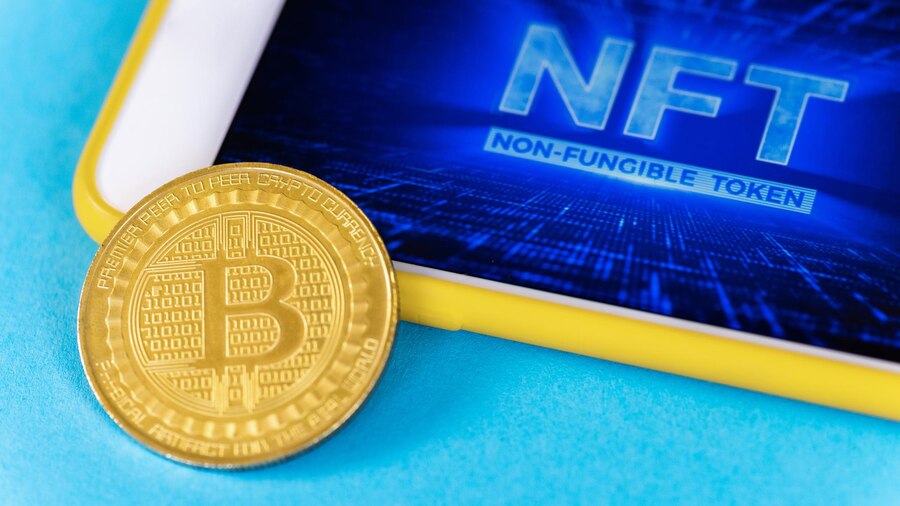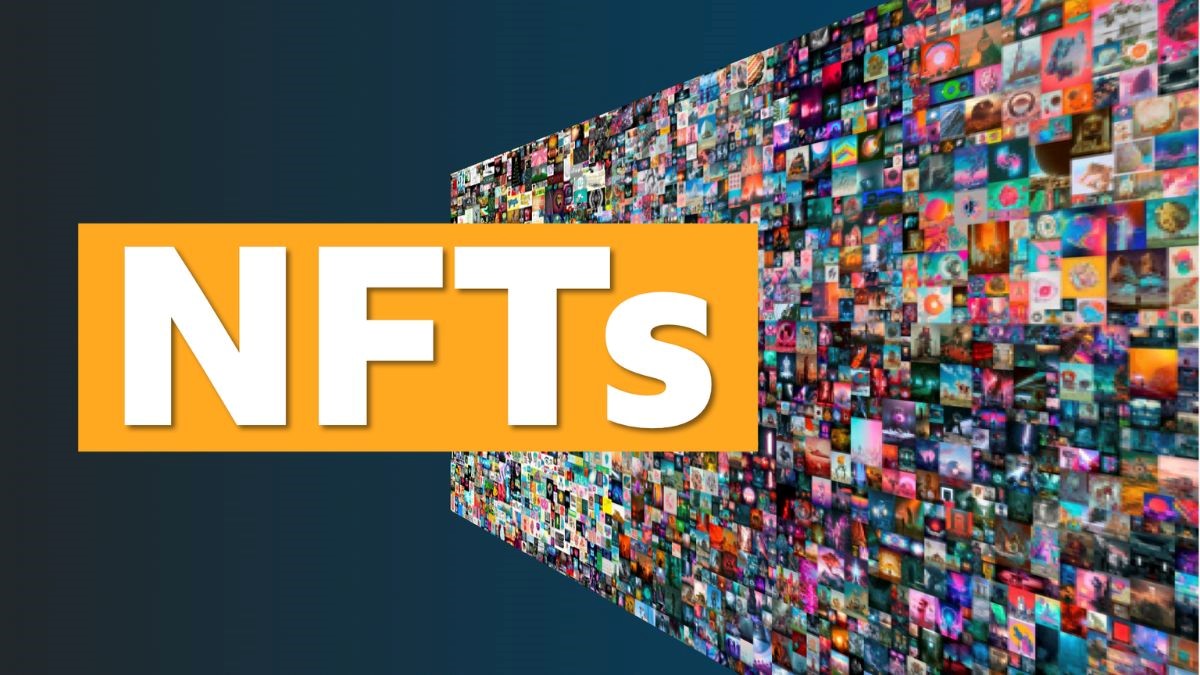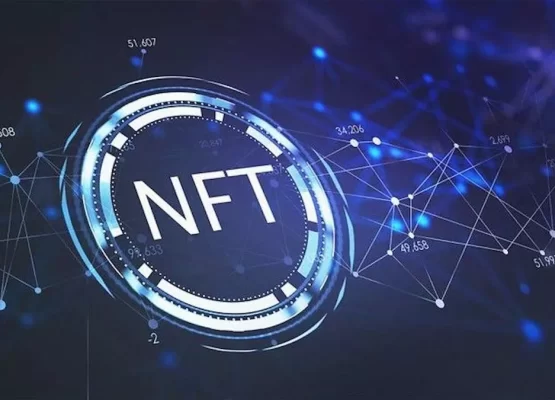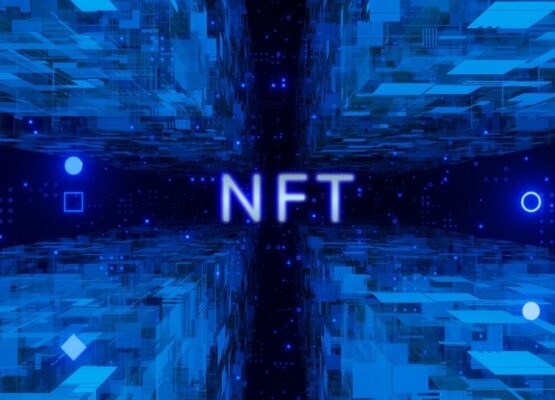Introduction: Begin by introducing the topic and explaining what NFTs are, as well as their growing popularity in the world of virtual real estate
In recent years, non-fungible tokens (NFTs) have emerged as a popular way to represent ownership of digital assets. NFTs are unique digital tokens that can be used to represent anything from digital art and collectibles to virtual real estate. In the world of virtual real estate, NFTs are becoming increasingly popular as a way to buy, sell, and trade virtual properties. With the rise of virtual worlds and online games, virtual real estate has become a valuable asset that can be owned and monetized just like physical real estate. NFTs provide a way to represent ownership of virtual real estate in a way that is secure, transparent, and easily transferable. As a result, virtual NFT-powered marketplaces are emerging to facilitate the buying and selling of virtual real estate, making it easier for people to invest in and profit from this rapidly growing market. In this article, we will explore the rise of virtual NFT-powered marketplaces for buying and selling virtual real estate and the implications of this trend for the future of online marketplaces and the economy.
Virtual real estate: Discuss what virtual real estate is and how it has evolved over the years, including the different types of virtual properties that people can own and invest in
Virtual real estate refers to digital properties or spaces that exist solely in virtual environments, such as online games, virtual worlds, and social platforms. These digital properties can range from individual virtual plots of land to entire virtual cities, and are typically created and managed by game developers or platform owners.
Over the years, virtual real estate has evolved from simple pixelated graphics to highly sophisticated 3D environments that are designed to mimic the real world. As technology has advanced, virtual real estate has become more immersive, interactive, and social. It is now possible to own and monetize virtual properties in a variety of ways, from renting out virtual space to hosting events and charging admission fees.
There are many different types of virtual properties that people can own and invest in, including:
- Virtual Land: This refers to the virtual space on which other virtual properties can be built. Virtual land is often sold as a limited resource in virtual worlds and online games, with the value of individual plots of land determined by their location, size, and popularity.
- Virtual Buildings: These are virtual structures that can be built on virtual land. They can range from simple homes and businesses to elaborate castles and amusement parks.
- Virtual Collectibles: These are unique digital items that can be collected and traded. They include things like virtual art, rare in-game items, and digital currencies.
- Virtual Social Spaces: These are virtual environments where people can gather, socialize, and interact. They can take the form of virtual nightclubs, chat rooms, and even entire virtual worlds.
As virtual real estate continues to grow in popularity, the types of virtual properties that people can own and invest in are likely to become even more diverse and complex.
NFTs and virtual real estate: Explain how NFTs can be used to buy, sell, and trade virtual real estate, including the benefits and drawbacks of using NFTs in this context
NFTs can be used to represent ownership of virtual real estate, making it possible to buy, sell, and trade digital properties in a way that is secure and transparent. Here are some of the benefits and drawbacks of using NFTs in this context:
Benefits:
- Security: Because NFTs are built on blockchain technology, they are highly secure and tamper-proof. This means that ownership of virtual real estate represented by an NFT can be easily verified and transferred, with a clear record of ownership that cannot be falsified.
- Transparency: The use of NFTs for virtual real estate makes transactions more transparent, as all ownership records are publicly available on the blockchain. This can help to prevent fraud and ensure that transactions are conducted fairly and openly.
- Liquidity: NFTs can be easily traded on virtual marketplaces, allowing virtual real estate owners to quickly convert their digital assets into cash. This can help to increase liquidity in the virtual real estate market and make it easier for people to buy and sell properties.
Drawbacks:
- Volatility: As with any asset class, the value of virtual real estate represented by an NFT can be highly volatile. This means that the price of virtual properties can fluctuate rapidly, making it difficult to predict their long-term value.
- Limited acceptance: While NFTs are becoming more widely accepted in the virtual real estate market, they are still a relatively new and niche technology. This means that not all buyers and sellers may be comfortable with using NFTs to transact, which could limit their wider adoption.
- Technical knowledge: The use of NFTs for virtual real estate requires a certain level of technical knowledge and understanding of blockchain technology. This could present a barrier to entry for some potential investors who are not familiar with these concepts.
Overall, the use of NFT Development Platform for virtual real estate has the potential to provide many benefits, but it is not without its drawbacks. As the technology continues to evolve and become more widely adopted, it is likely that these benefits will become more pronounced and the drawbacks will be reduced.
Virtual NFT-powered marketplaces: Describe the various virtual marketplaces that have emerged to facilitate the buying and selling of virtual real estate using NFTs, including some of the most popular platforms and their features
Virtual NFT-powered marketplaces have emerged as a new and growing segment of the virtual real estate market. These marketplaces allow users to buy, sell, and trade virtual properties using NFTs, providing a secure and transparent way to transact. Here are some of the most popular platforms and their features:
- Decentraland: Decentraland is a virtual world that allows users to create, experience, and monetize virtual content using blockchain technology. Users can buy virtual land and build anything they can imagine, from virtual buildings to games and experiences. Decentraland uses its own cryptocurrency, MANA, to facilitate transactions, and has a built-in marketplace for buying and selling virtual properties.
- Somnium Space: Somnium Space is another virtual world that allows users to create, experience, and monetize virtual content. Users can buy virtual land, build structures, and create experiences that can be monetized using the platform’s own cryptocurrency, Cubes. Somnium Space also has a built-in marketplace for buying and selling virtual properties, as well as a feature that allows users to rent out their virtual properties to other users.
- The Sandbox: The Sandbox is a virtual world that is focused on gaming and user-generated content. Users can buy virtual land and create games and experiences that can be monetized using the platform’s own cryptocurrency, SAND. The Sandbox also has a built-in marketplace for buying and selling virtual properties, as well as a feature that allows users to earn revenue from the virtual experiences they create.
- CryptoVoxels: CryptoVoxels is a virtual world that allows users to create, experience, and monetize virtual content. Users can buy virtual land and build structures using the platform’s own cryptocurrency, Voxels. CryptoVoxels also has a built-in marketplace for buying and selling virtual properties, as well as a feature that allows users to rent out their virtual properties to other users.
- SuperWorld: SuperWorld is a virtual world that is focused on location-based content. Users can buy virtual land that corresponds to real-world locations and create experiences that are tied to those locations. SuperWorld uses NFTs to represent ownership of virtual properties, and has a built-in marketplace for buying and selling these properties.
These are just a few examples of the virtual NFT-powered marketplaces that have emerged to facilitate the buying and selling of virtual real estate. As the technology continues to evolve and become more widely adopted, it is likely that we will see many more platforms and marketplaces emerge to cater to this growing market.
Future outlook: Discuss the future of NFTs and virtual real estate, including potential developments and challenges, as well as their broader implications for the future of online marketplaces and the economy
The future of NFTs and virtual real estate looks promising, as these technologies are still in their early stages and have a lot of potential for growth and development. Here are some potential developments and challenges, as well as broader implications for the future of online marketplaces and the economy:
- Increased adoption: As more people become familiar with NFTs and virtual real estate, we can expect to see increased adoption and wider acceptance of these technologies. This could lead to the creation of more virtual marketplaces and a larger pool of buyers and sellers, which could help to drive innovation and growth in the virtual real estate market.
- Integration with other technologies: NFTs and virtual real estate could also be integrated with other emerging technologies, such as virtual reality and augmented reality, which could make virtual properties even more immersive and valuable. This could also lead to new use cases and applications for NFTs and virtual real estate beyond just gaming and entertainment.
- Regulatory challenges: As with any new technology, NFTs and virtual real estate could face regulatory challenges and uncertainty, particularly around issues of ownership and taxation. It is important for regulators to stay ahead of these developments and provide clear guidance on how these technologies will be treated under the law.
- Environmental concerns: The growing popularity of NFTs and virtual real estate has raised concerns about the environmental impact of blockchain technology, which requires a significant amount of energy to operate. It is important for the industry to address these concerns and find ways to make these technologies more sustainable.
- Economic implications: The rise of NFTs and virtual real estate could have broader implications for the economy, particularly around issues of wealth distribution and the emergence of new economic models. For example, some virtual Non Fungible token Marketplace allow users to earn income from virtual real estate, which could lead to the creation of a new class of “digital landlords” and shift the balance of power in the economy.
Overall, the future of NFTs and virtual real estate looks promising, but there are also challenges and uncertainties to navigate. As the technology continues to evolve and mature, it will be important for industry stakeholders, regulators, and society as a whole to work together to ensure that these technologies are used in a responsible and sustainable way that benefits everyone.
Conclusion: Summarize the key points and arguments presented in the article, and provide some final thoughts and recommendations for those interested in getting involved in the world of virtual real estate using NFTs
In summary, NFTs are non-fungible tokens that represent unique digital assets, including virtual real estate. Virtual real estate is a type of online property that can be owned and invested in, and has evolved over the years to include a range of different types of virtual properties.
NFTs can be used to buy, sell, and trade virtual real estate, and there are now several virtual marketplaces that facilitate these transactions. These platforms offer various features and benefits, including increased security, transparency, and ease of use.
The future of NFTs and virtual real estate looks promising, but there are also challenges and uncertainties to navigate, including regulatory and environmental concerns, as well as broader implications for the economy and society as a whole.
For those interested in getting involved in the world of virtual real estate using NFTs, it is important to do your research and understand the risks and opportunities involved. This includes learning about the various virtual marketplaces available, as well as staying up to date on the latest developments and trends in the industry.
Overall, NFTs and virtual real estate offer exciting opportunities for investors, gamers, and creators alike, and are likely to play an increasingly important role in the digital economy in the years to come.




